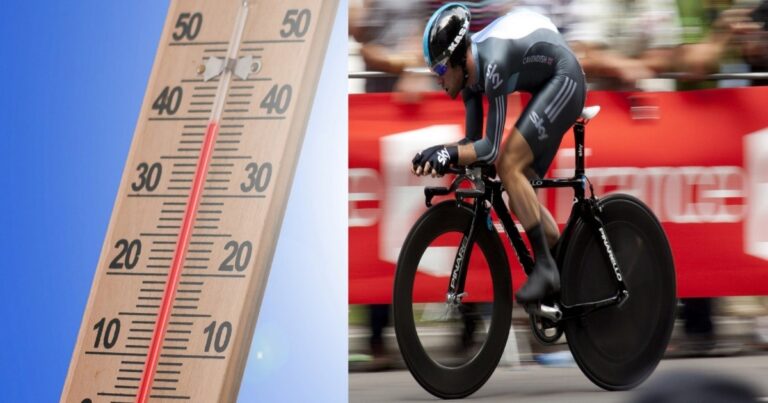The types of social classes are low, middle and high. This general classification is influenced by factors such as the level of income, the type of economic activity from which that income comes, the level of educational background, access to goods and services, etc.
Social classes are categories based on the productive role of subjects within the economic dynamics. This includes not only their participation as income generators (or not) but also their role as consumers of goods.
A person whose income is minimal will not have access to the same products, services and goods as a wealthy person. These differences have an impact on society and determine to a large extent membership in a social stratum.
In the past, social categories were rigid strata. Until the Middle Ages, membership of a social class in the West was largely determined by heredity. However, the end of the feudal model and then the Industrial Revolution generated new economic dynamics and social classes, as proposed by Karl Marx and Max Webber in their respective theories.
Although there are currently three large, well-defined strata, they are not static as in the past, but it is possible to change from one social class to another. This is called social mobility.
| Lower class | Middle class | Upper class | |
|---|---|---|---|
| Population type |
Groups people in situations of economic and social vulnerability. |
It groups formal workers, professionals and small and medium-sized entrepreneurs. |
It groups people with greater economic power. |
| Employment status |
Unemployed, temporary workers or low-paid occupations. |
Permanent jobs with access to employment benefits (credit, paid vacation, maternity and parental leave, etc.). | Not dependent on a job to meet their needs. |
| Income level | Temporary income equal to or less than minimum wage. | Income above the minimum wage. | Multiple incomes and well above the population average. |
| Access to basic services (education, health, recreation). | Little or none. | They use both public and private services. | They use services of a private nature. |
| Access to property acquisition | Little or none. | Have the possibility of owning some type of property (car, house, own business). | They have multiple properties. |
| Examples |
|
|
|
Lower class
These are people who find themselves in a situation of vulnerability due to the absence of stable income or lack of access to basic services (water, electricity, internet, education, health). These factors make it very difficult to get out of this situation. For those in the lower stratum, access to education is key to achieving social mobility and improving their quality of life.
Examples of the lower class would be people who are unemployed, with temporary jobs or with incomes below the minimum wage in their country.
Middle class
This is made up of the working class. Although they do not have financial freedom since they depend on their income to live, they have a higher standard of living than the lower class and access to the possibility of owning property (car or house). This is usually because their educational background allows them to have access to well-paying jobs or higher benefits (paid vacations, access to mortgage loans, health insurance, etc.).
Examples of members of the middle class are skilled workers or technicians, university professionals, small and medium-sized merchants.
Upper class
This is the class with the highest economic status. They have multiple sources of income and do not depend on their work to cover their needs. They have access to health services and education of excellent quality, which allows them to perpetuate their quality of life. Due to their privileged position, they tend to influence or participate in the political-economic decisions of the societies in which they live.
Examples of upper class people are owners of large companies or families with inherited wealth. In some cases, people from other strata manage to move into this social class due to extraordinary circumstances, such as owners of fast-growing companies, access to managerial positions, sudden wealth, etc.
See also:
Social classes according to Marx

For Karl Marx, creator of Marxist theory, capitalism is the economic model generated by the Industrial Revolution. This system, according to Marx, determines the existence of three social classes according to their relationship with the means of production:
The bourgeoisieThe bourgeoisie: is the ruling class and is made up of the owners of the means of production. They obtain economic benefit through the surplus value or profit added to the products and services they sell.
The proletariatare those who work in these means of production. The proletariat exchanges its labor power for a salary that is generally not proportional to the effort made. This allows them to cover their basic needs, but prevents them from becoming owners of the means of production.
The lumpen or subproletariatare those marginalized by the capitalist system since they are neither owners of means of production nor proletarians. This category includes the destitute, the unemployed or people who, due to their circumstances, cannot make any kind of contribution to society.
Webber’s stratification theory
Max Webber stated in his work Economy and Society (1920) his theory of stratification, defined according to the way in which power is distributed in a community or group. According to Webber, power can be economic, political or social.
Based on this, he proposed three strata according to their sphere of influence:
Classesis the hierarchy based on the economic power of a society. This determines the capacity of its individuals to have access to goods and services. Classes, in turn, have two categories: property owners, such as business owners, for example, and non-property owners, which would be workers who do not own property, such as a house or their own business.
Estates: is the hierarchy based on social power, expressed in the formation of status groups based on prestige, reputation, honor, etc. According to Webber, each of these status groups has its own lifestyle and social practices. For example, a group of company executives who meet in certain types of places, wear certain brands and practice a certain sport.
Matches: in this stratum enter the people and institutions with influence in the political power. Their objective is to exercise power in the community to which they belong and to this end they exert influence over it. An example is the political parties or organizations.
See also Difference between capitalism and socialism.
References
- Duek, Celia; Inda, Graciela (2006). Webber’s social stratification theory: a critical analysis. Austral Journal of Social Sciences. Chile.
- Ríos Szalay, Jorge (1998). Las teorías de las clases sociales de Marx y de Webber: introducción para estudiosos de la administración. Universidad Nacional Autónoma de México.




